Description
Ibrahim Nasrallah works on his model with sincerity and faith in the authenticity, value and necessity of what he produces. His work is crucial in reviving Palestine – history, geography, spirit and hope – in his creativity in language, place, time and formation, and his identity will be deeply immersed in the world of writing. He always seeks to renew his tools towards a more refined expressive style in poetry and metaphysical sidr, and he restores his cinematic culture to enjoy this creative convergence between the art of writing and the art of cinema.


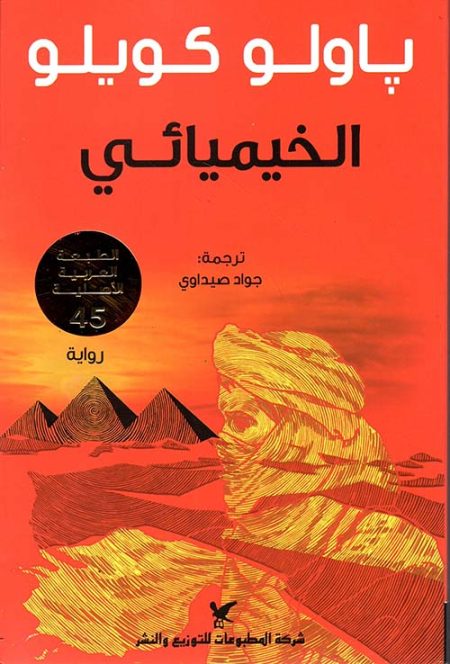

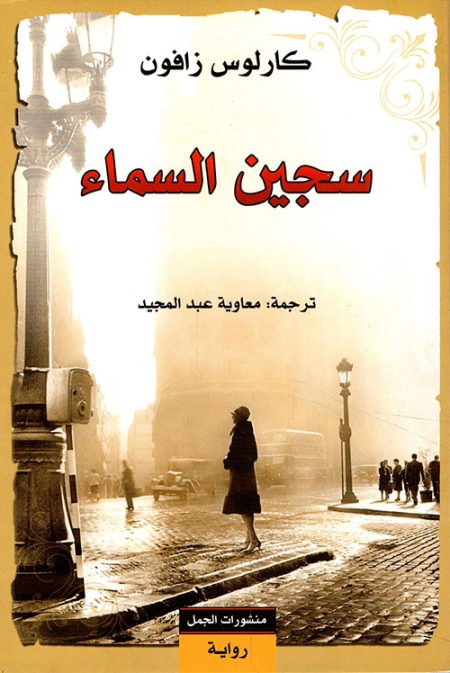
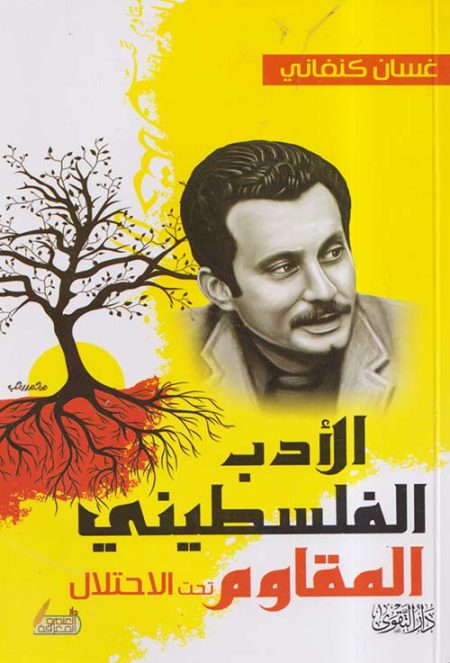
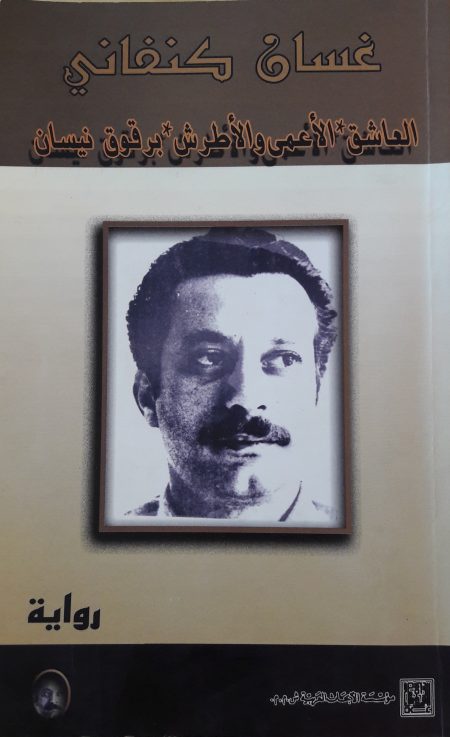
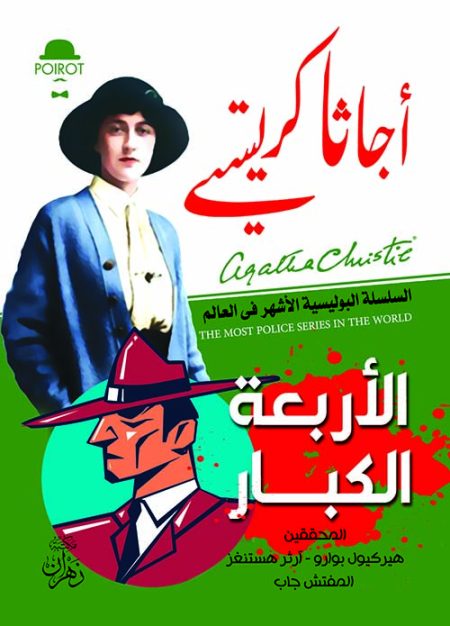
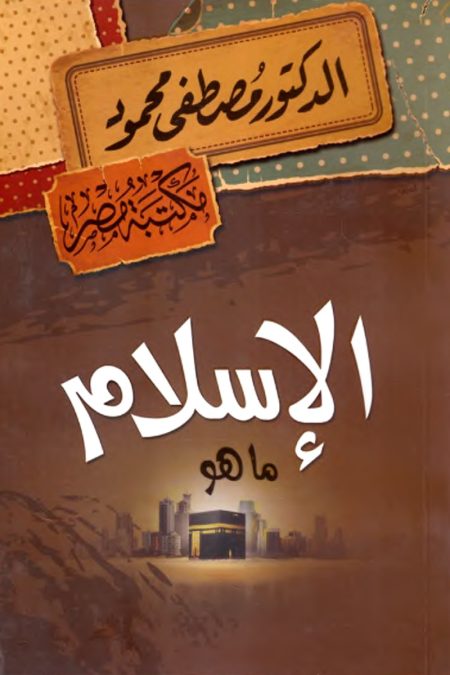
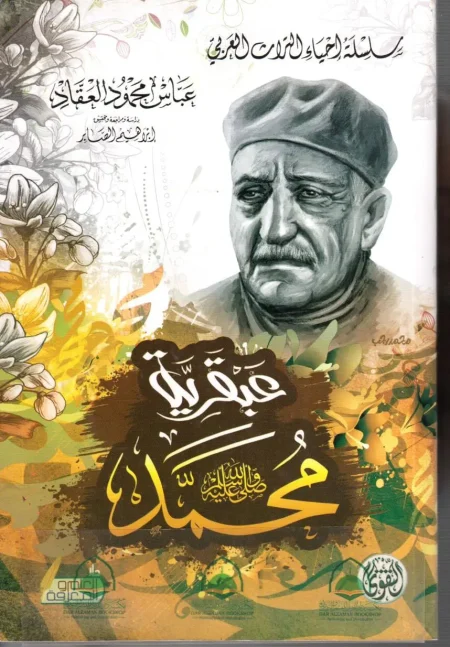
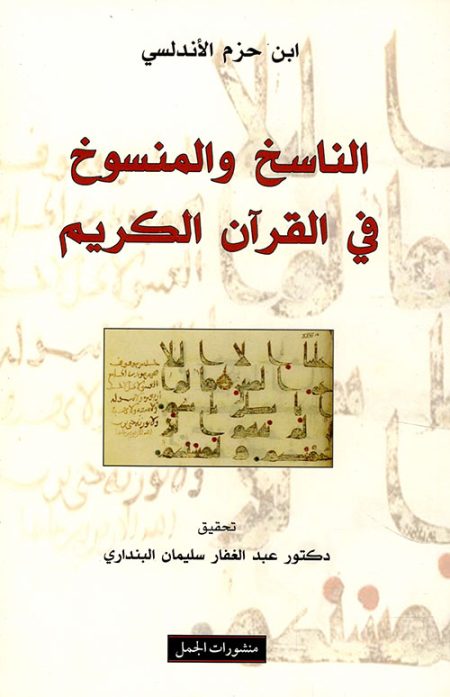
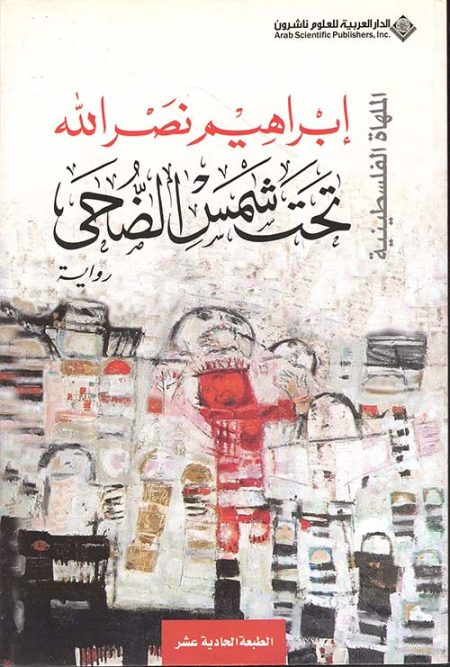
Reviews
There are no reviews yet.